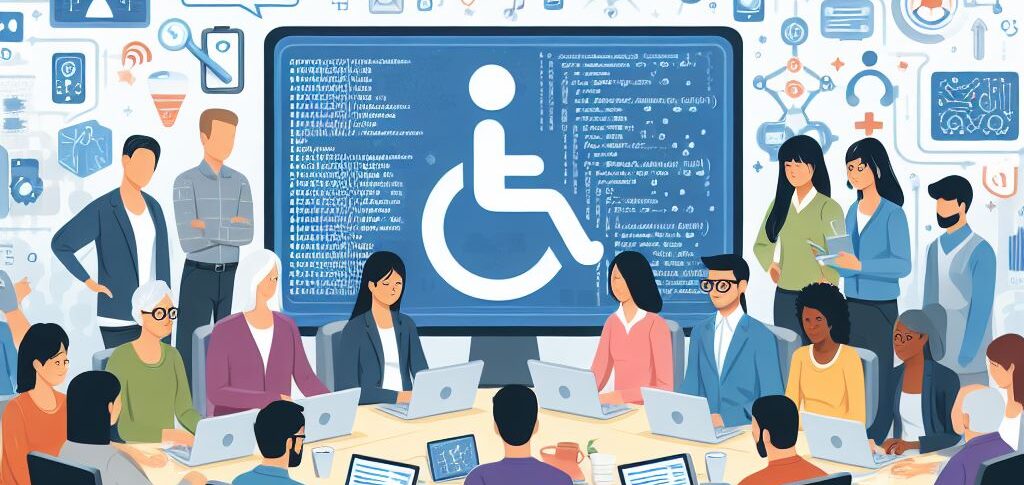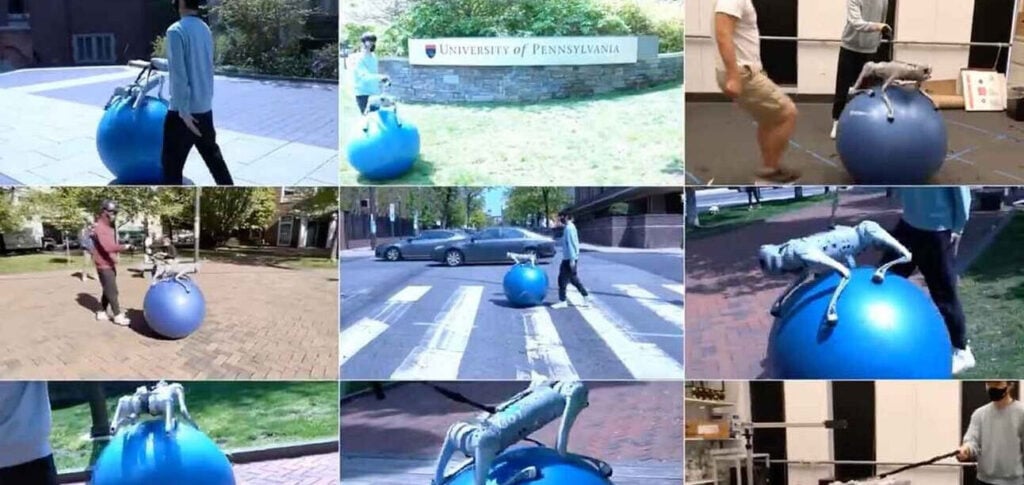However, the machines admitted a challenge to be overcome: master human emotions. A warning for human beings to be careful with technologies and their advances.
ADVERTISING
The episode caused great shock among the public present and was shared with a certain alarmism and sensationalism regarding the AI's predictions. Marcos Barretto, professor at the USP Polytechnic School, co-founder of StartADAM and angel investor at Poli Angels, states that the answers given by robots still depend on training carried out by humans, that is, they do not have autonomy.
Demystification
The professor highlights the importance of recognizing any and all conversations between humanoids and the people present there as something programmed by humans. “Someone programmed and trained the robots to say something, so it's a bit like theater in that respect, there is a script, which was rehearsed for the machines to respond”, explains Barretto.
Thus, the idea of a certain autonomy of the humanoid in the statements does not materialize, since there are still limitations that depend on human action. Furthermore, the professor considers that there were also other devices that were optimistic about the contribution of technology to society.
ADVERTISING
Emotional challenge
Human emotions, as well as the way they are transmitted in individuals' voices and gestures, represent central barriers between humanoids and their models. In Barretto's view, there is great difficulty in finding algorithms capable of understanding feelings and making technological devices behave in accordance with them.
“For example, you are watching a movie and a robot vacuum cleaner decides to pass by at that moment. So, the design of advances in these technologies starts from understanding the social moment in which you are living through the machine”, explains the professor.
Other contexts for the application of this technology were also mentioned, such as a possible understanding of situations in traffic, in which the driver is inattentive and the machine develops some device to understand this social moment.
ADVERTISING
ChatGPT
The responses generated by robots at the UN meeting also used the ChatGPT for interactions, according to a language model that is based both on information available in books and on knowledge from the responses of humans themselves. Thus, Barretto highlights that Despite the large volume of information acquired by machines compared to human learning reality, robots are far from the stage of their own life.
(with Jornal da USP)
Read also
* The text of this article was partially generated by artificial intelligence tools, state-of-the-art language models that assist in the preparation, review, translation and summarization of texts. Text entries were created by the Curto News and responses from AI tools were used to improve the final content.
It is important to highlight that AI tools are just tools, and the final responsibility for the published content lies with the Curto News. By using these tools responsibly and ethically, our objective is to expand communication possibilities and democratize access to quality information. 🤖





